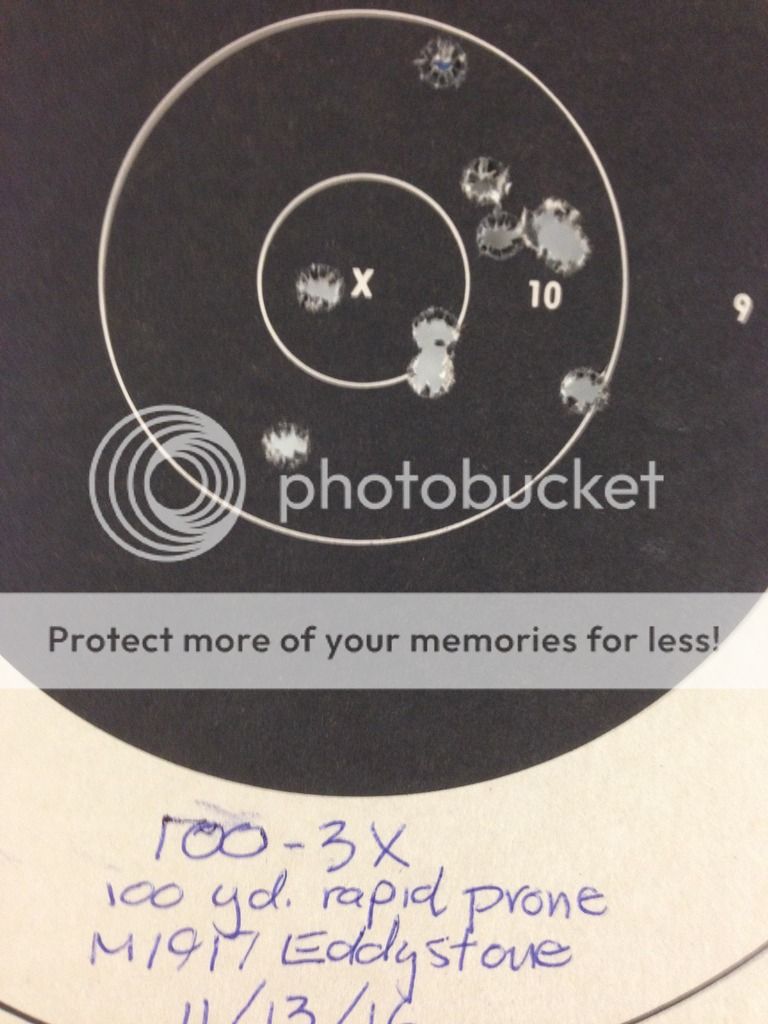Kevin Rohrer
Member
1. When depriming off the the press do you use one of those universal deprimers?? For those I gather you still have to lube the brass (say 5.56) correct?
2. So if you use the wax lube like Imperial. How do you lube up a batch of say 500 (or more) pieces of brass with the wax lube?. I have one of those lube pads and to roll 500 or more seems a bit tedious.
3. OK, now that the brass is deprimed, how do you prime it? Using a hand primer or one of those bench mounted units?? Do you reclean your brass to get the lube off.??
4. Now it is all cleaned, and primed, do you then size it (remove deprime pin) on the progressive and then charge and seat the bullet.??
Thanks and Merry Christmas to all.
There are four questions here, so I will answer them in-order:
1. I only use a universal de-primer if a military crimp needs to be removed. Otherwise I use a normal FL resizing die for "new" brass to de-prime and re-size.
2. I hand-lube with Imperial Sizing Wax and their Dry Neck Lube (if needed). The most recent rifles I did this for was .30Carbine and 7.62mm.
3. Depends on what I feel like doing. I may use a hand-primer or use the 550 priming station if I decide to prime and finish loading at the same time.
4. I hand-clean the wax and lube off with a paper towel, but since is is applied so thinly, this step is done for neatness only and I could skip it if I wished.
Merry Christmas!


